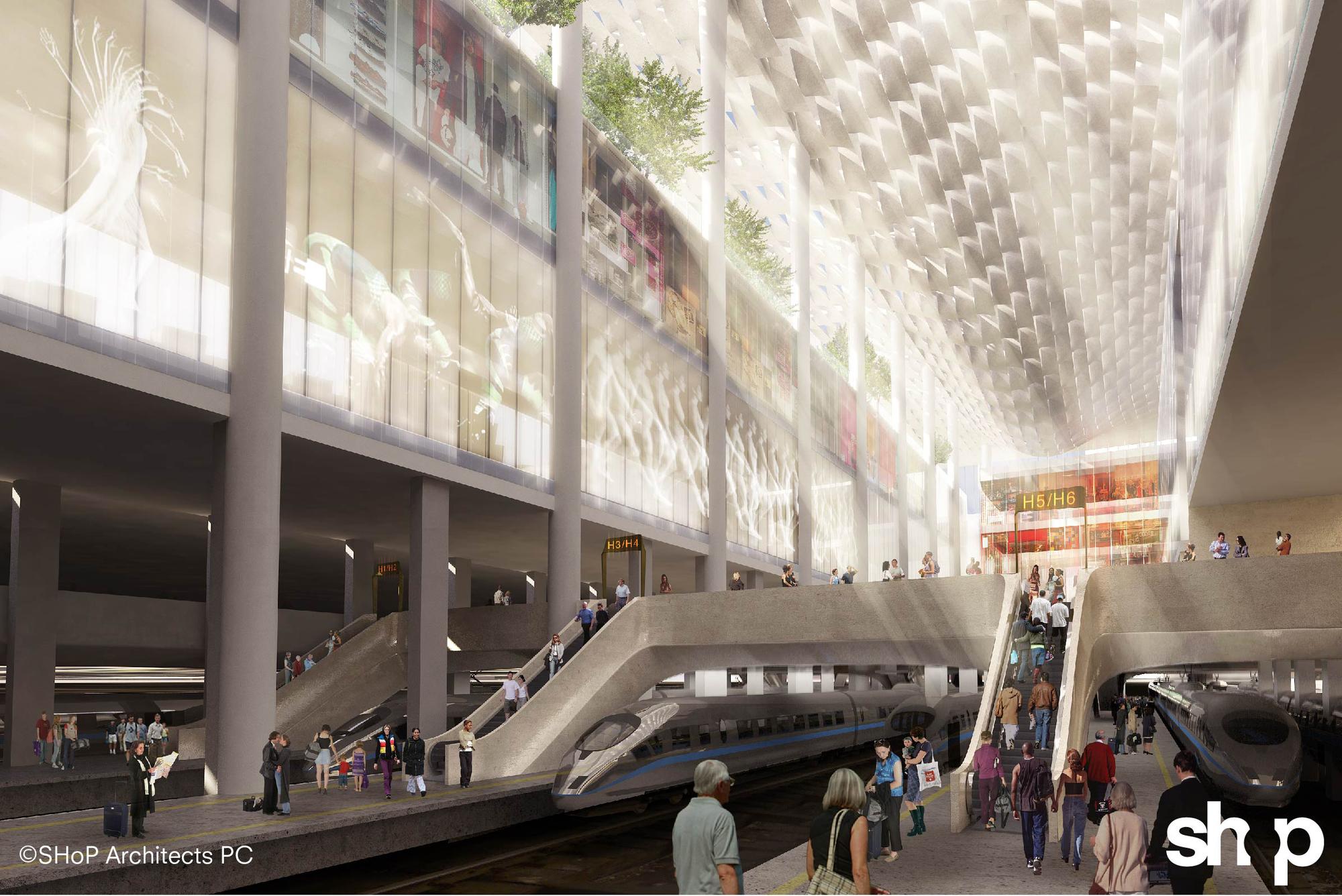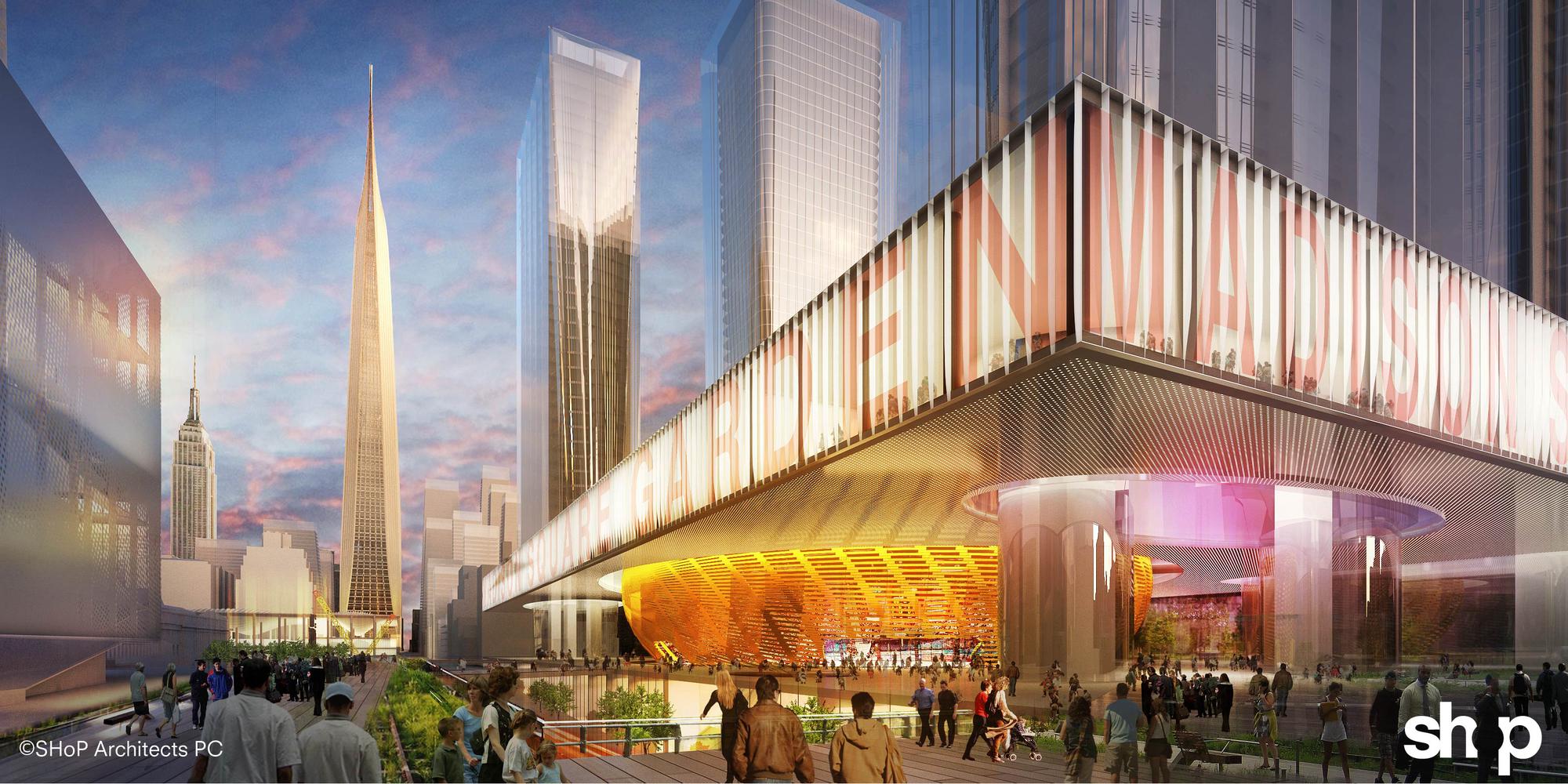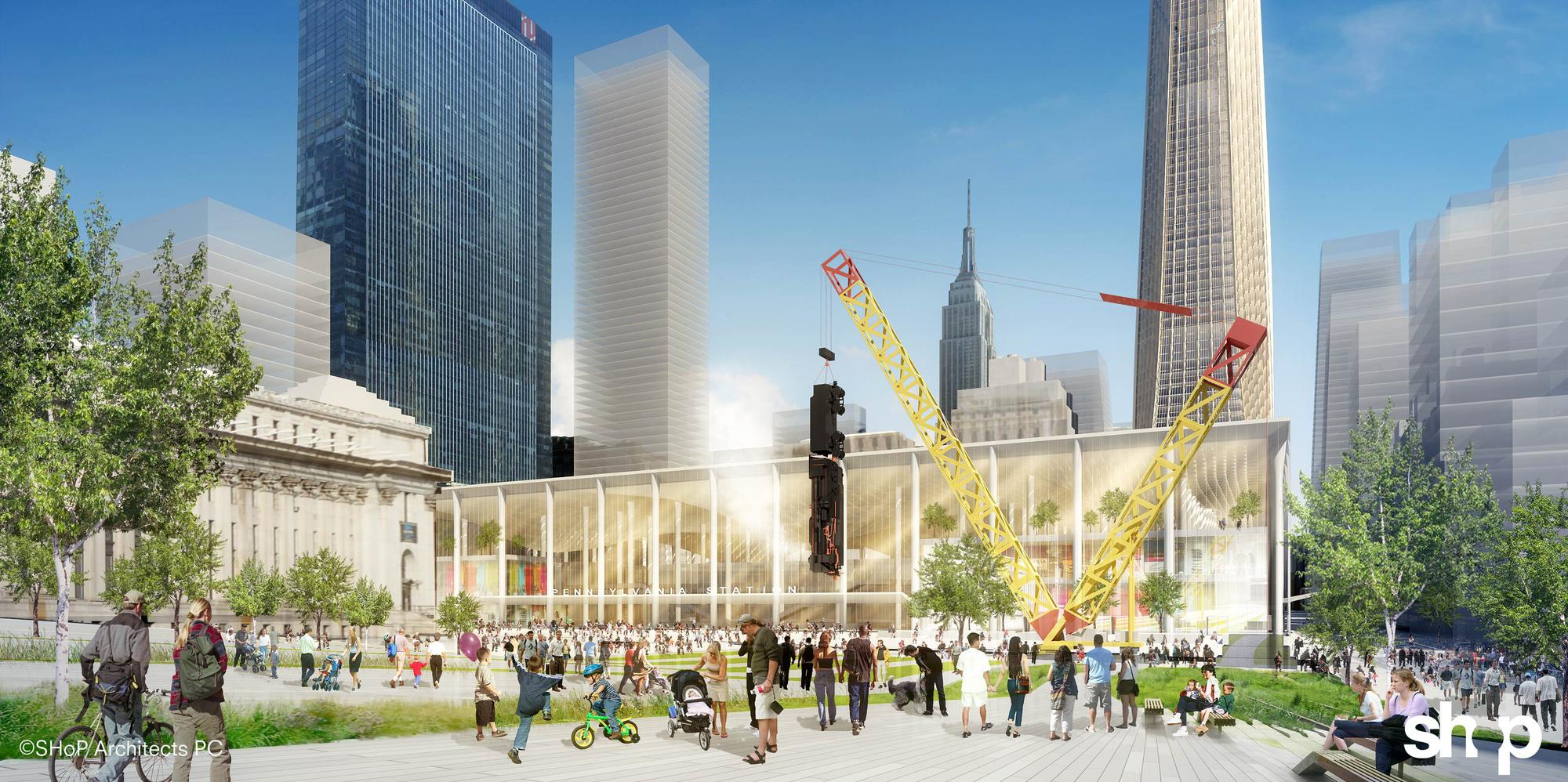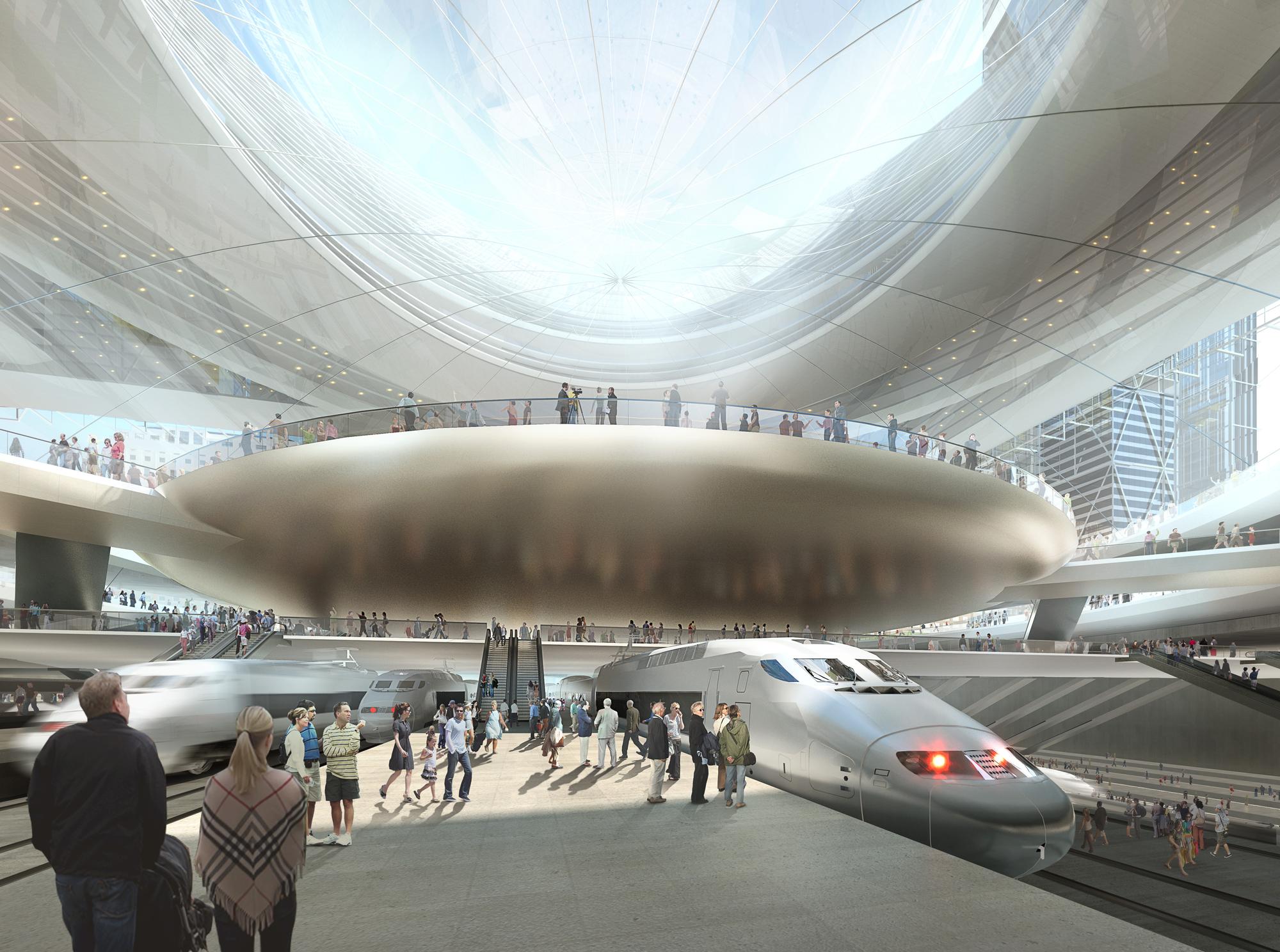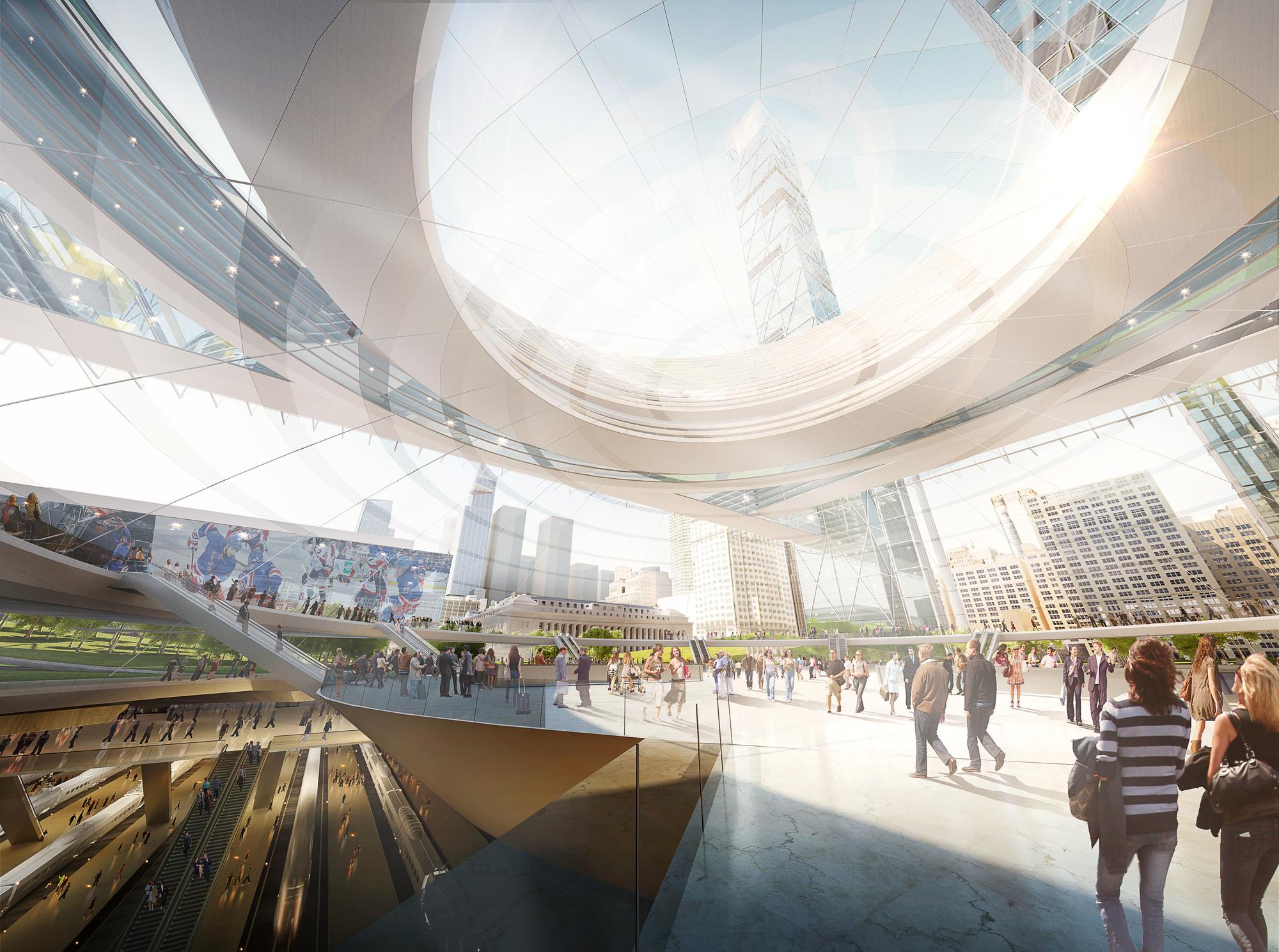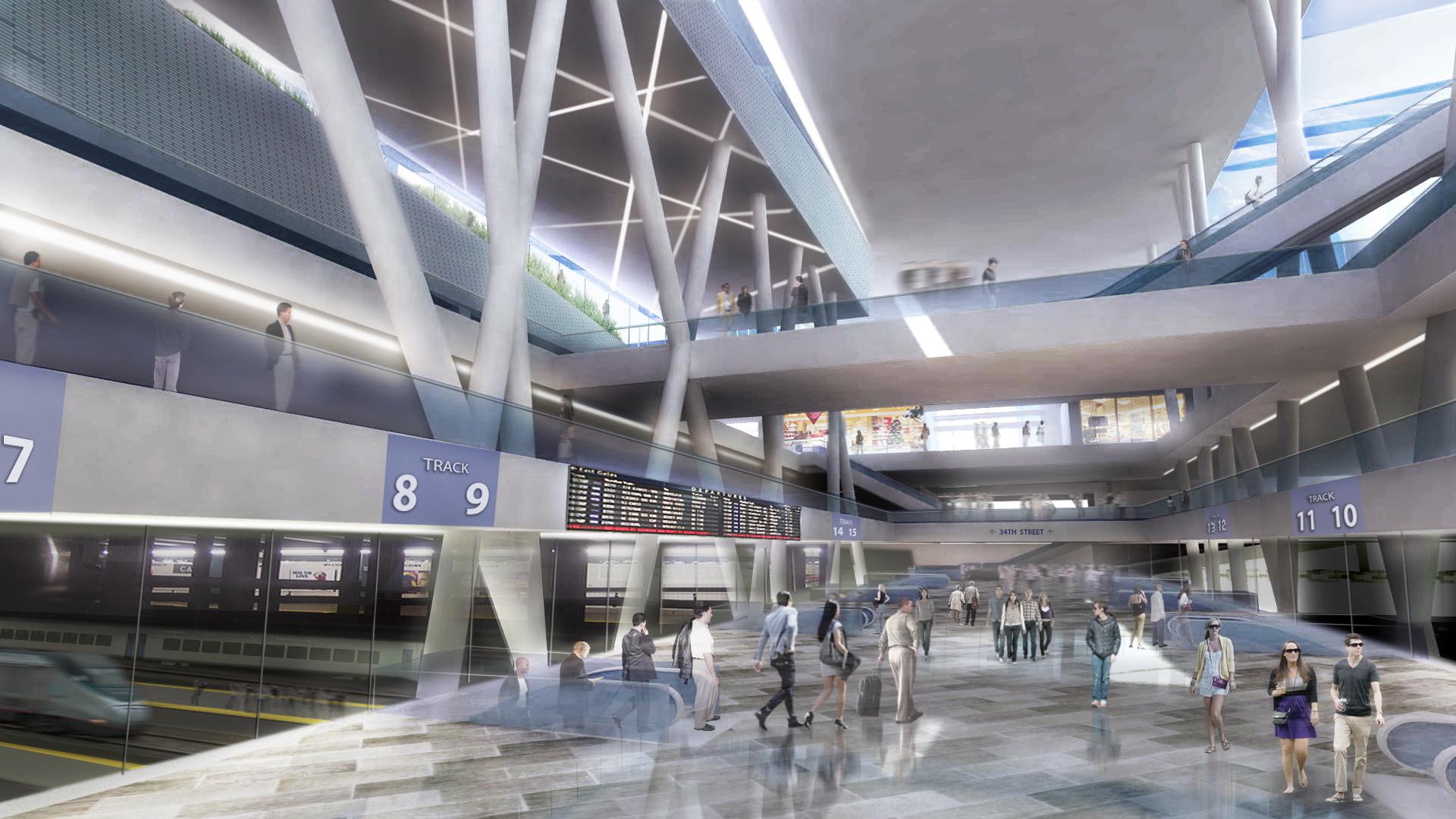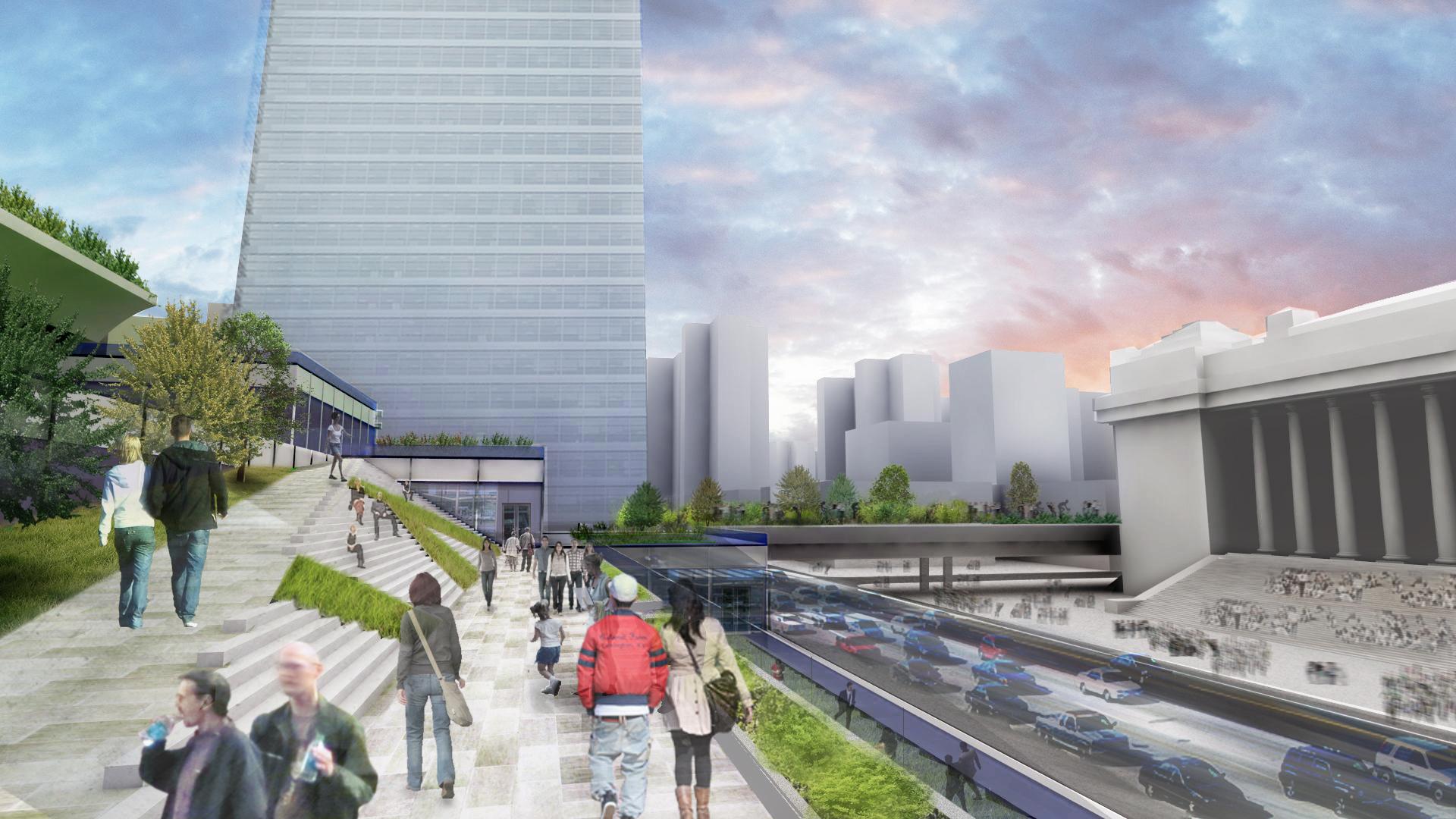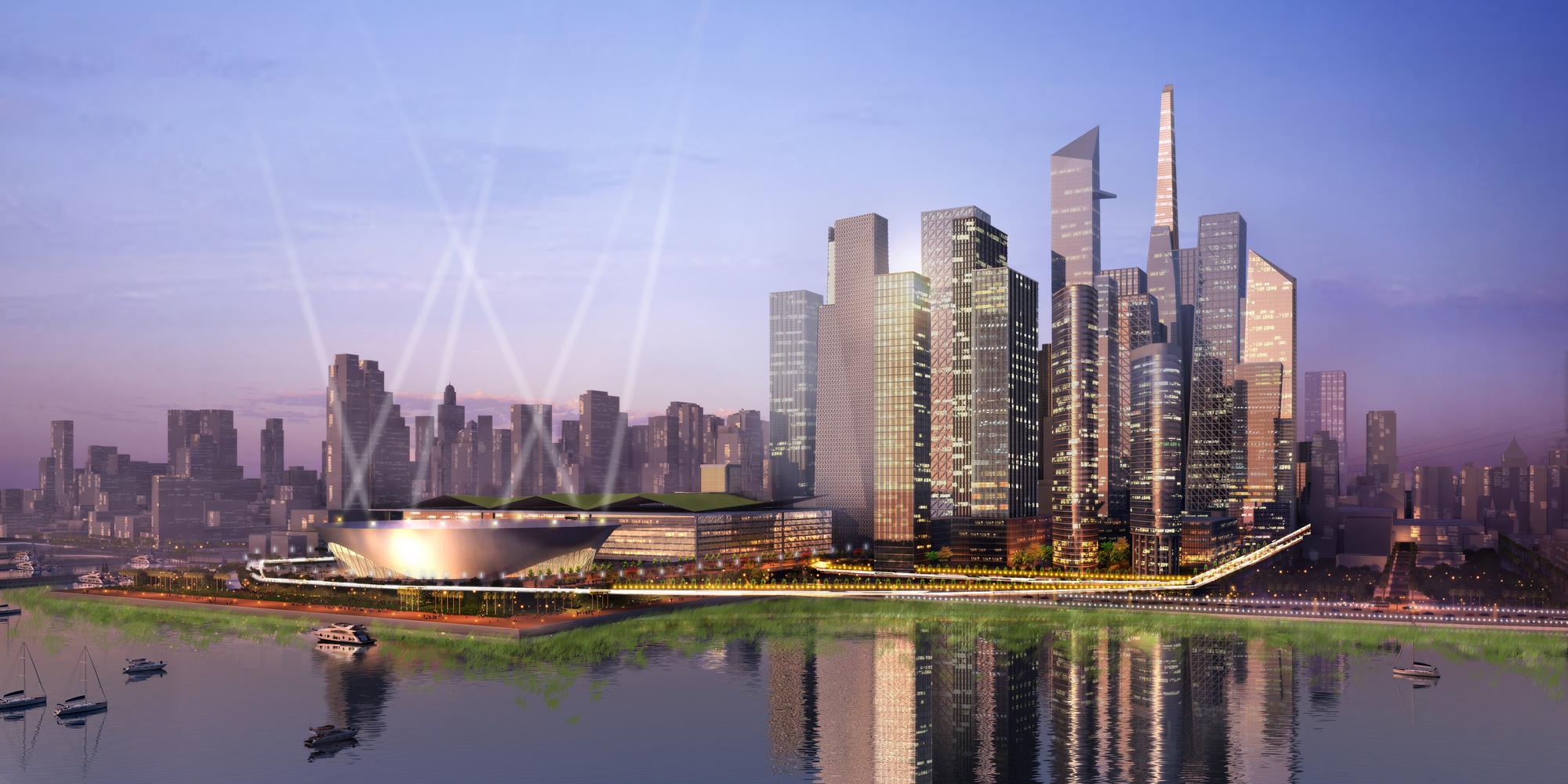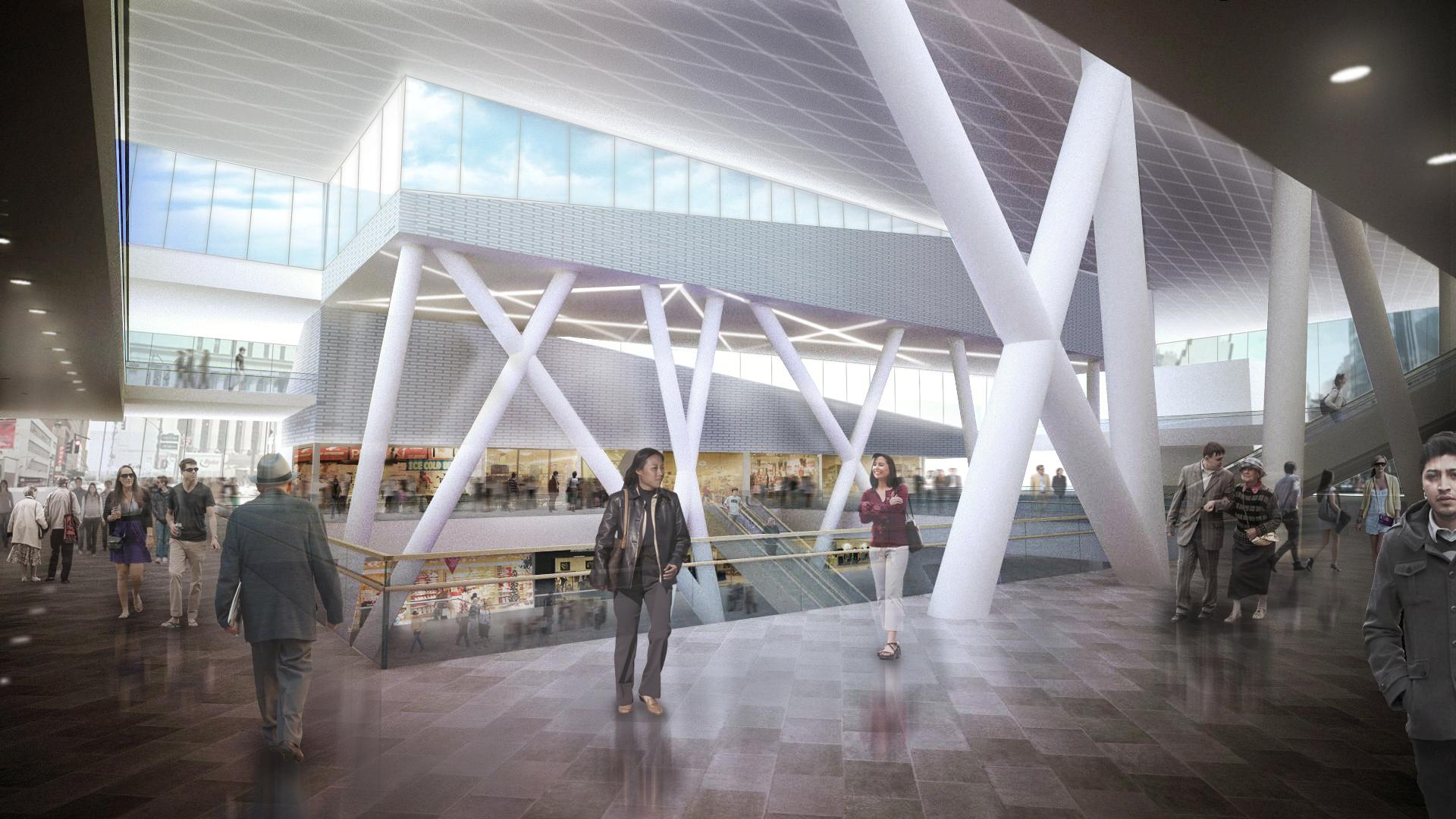
For those jonesing for transit directions on Apple’s iOS platform and not too keen on Google’s full-featured stand-alone Maps app, Samuel Vermette’s Transit app, now available for free, can help full the void. With the 2.0 release out this week, the app features real-time data, offline access and travel packs for those who venture outside the cozy confines of New York. It also comes with a context-aware feature that remembers recent travel routes.
Vermette approached me a few weeks ago after I ran my thoughts on the ideal transit app, and his latest release covers my initial request for real-time tracking better than any I’ve seen. It pulls countdown clock data from the MTA’s subway API and bus tracking from the BusTime API. He informs me that they plan to add above-ground entrance location data and real-time service changes in future releases.
For the past few weeks, I’ve been using the beta version of the app, and the 2.0.1 release is now far more stable. What I like about this app is that it works. It’s intuitive to use, very graphical and definitely worth a spin. An Android version is in the works as well.






